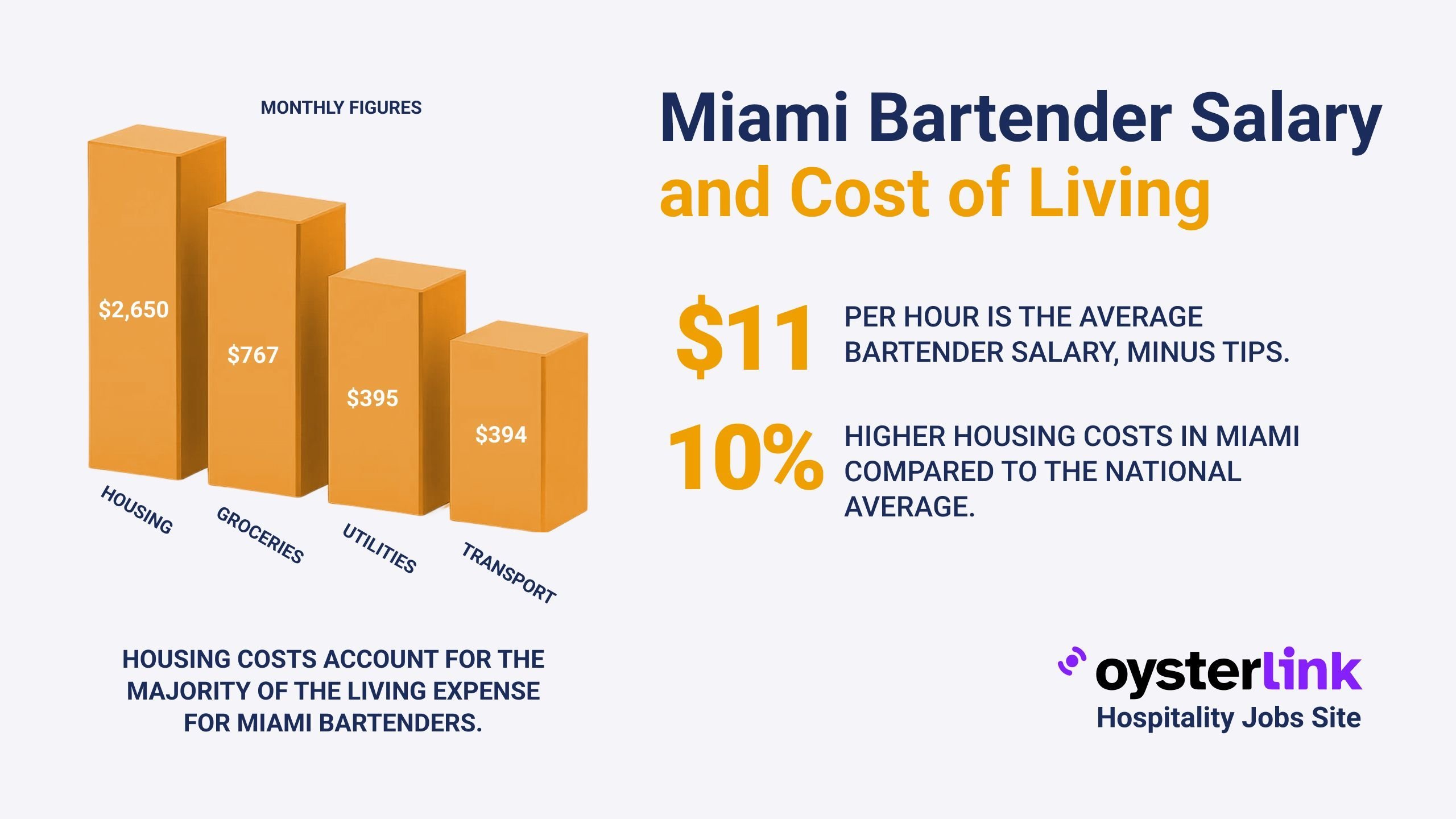This article outlines key components in restaurant operations and explores the top best practices in restaurant operations management. We’ll also offer actionable steps for their successful implementation.
What Is Restaurant Operations Management?
More than just optimizing a restaurant’s daily operations, restaurant operations management focuses on balancing costs, maximizing revenue and ensuring smooth service.
These responsibilities and balancing acts mainly fall to the Restaurant Manager and the Director of Restaurant Operations who must work together to achieve their business goals.
And while every restaurant business has its unique challenges, many operational principles are universal. Find out how these industry best practices can transform your restaurant in more ways than one.
11 Best Practices in Restaurant Operations Management
We know that running a successful restaurant business demands strategic planning and management. However, everyone on the team should work together for the plans to succeed.
Learn how to optimize your restaurant operations management with these 11 best practices.
1. Developing Clear Operational Guidelines
An operational guideline is your restaurant's playbook. It's the rule of thumb on how each member of the staff must work and behave while doing their jobs.
Create separate plans for front-of-house (FOH) and back-of-house (FOH) operations. Each should address potential challenges like staff shortages, overbookings and kitchen delays.
Make your procedures clear and concise so they're easy to understand. These are the five key areas to focus on when creating your restaurant’s operational guidelines:
- Customer service: These guidelines will set the tone for creating seamless guest experiences.
- Food safety and hygiene: The guidelines should cover food handling, storage, preparation and cleaning procedures.
- Staff management: Should include roles and responsibilities, shift patterns, time-off requests and other staff-related policies.
- Inventory control: Optimizes costs and prevents shortages; should include protocols on stock levels, ordering procedures and waste reduction.
- Financial management: Involves tracking and controlling your restaurant's income and expenses to maximize profitability.
2. Implementing an Inventory Management System
Overstocking leads to waste while understocking results in lost sales. This makes inventory control critical to cost management and boosting the restaurant’s profitability.
To address these challenges, implementing an inventory management system can revolutionize your supply chain. These tools provide real-time tracking, as well as predict future needs and automate the ordering process.
Here are more ways an inventory management system enhances your restaurant operations management:
- Accurate inventory tracking helps identify areas of waste, loss or theft, leading to potential cost savings.
- Running out of popular menu items can frustrate customers. Proper inventory management prevents stockouts, ensuring you always have the ingredients and supplies you need.
- Accurate inventory data helps you order the right number of supplies, avoiding overstocking and understocking.
- Understanding ingredient costs helps you optimize menu pricing and profitability.
- Promotes food safety by tracking expiration dates, which prevents serving spoiled food and reduces the risk of foodborne illnesses.
- Inventory data provides valuable insights into sales trends, customer preferences and operational efficiency, empowering you to make data-driven decisions.
3. Finding the Right Suppliers
Reliable suppliers mean consistent quality and on-time deliveries. It also gives you access to better pricing when you've established good relationships with your suppliers.
This can impact everything from ingredients costs and menu development to enhancing the restaurant's reputation in the eyes of customers. Therefore, finding the right suppliers can significantly influence your restaurant operations’ bottom line.
Here are some tips:
- Define your needs clearly. Consider factors like product quality, quantity, delivery frequency and payment terms to narrow down your search and find suppliers that align with your requirements and business goals.
- Research thoroughly for multiple options. Find several potential suppliers and check their reputation, product range, pricing and delivery services. Consider visiting their warehouses or facilities to assess their operations and quality control measures.
- Build strong, long-term relationships. Establish open communication with potential suppliers from the start by discussing your expectations, concerns and challenges.
- Negotiate to get good deals. Ask for great options like quantity discounts or bundled deals. But also remember that price isn't everything; consider their product quality and service reliability as well.
- Diversify your supplier base. Protect your restaurant business from disruptions by partnering with multiple suppliers for different product categories. This will give you options when there are product shortages or price increases.
4. Planning Menu Costing and Pricing
Turn your menu into a profit tool by carefully considering your pricing strategy. Other than identifying all ingredients and their costs, you must also factor in the labor and overhead associated with the preparation and service.
Once you have a clear understanding of your costs, you can apply a desired profit margin to set the selling price.
Also consider factors like customer perception and competition when setting prices. While it's important to maximize profits, pricing your menu items too high can deter customers. On the other hand, underpricing can lead to lost revenue.
Customers naturally want the best value for their money, and by carefully considering important factors, you can create a menu that’s both profitable and appealing to diners.
5. Providing Continuous Staff Training
Investing in comprehensive staff training programs not only improves service quality but also boosts employee morale and retention. Training should encompass areas such as food safety, customer service and operational procedures. Using a mix of hands-on training and digital resources can cater to different learning styles and ensure consistency across the team.
Well-trained staff are more confident, efficient and better equipped to handle challenges, which will then translate to improved customer service.
Practices like cross-training could also save you the time and cost of hiring and training someone new when a position opens. Your Dishwasher could be your next star Waiter/Waitress just waiting for the right opportunity.
6. Creating a Positive Work Environment
Happy employees lead to happy customers. So, it's important to create a positive work culture that will inspire your staff to always do their best.
This includes having an open communication, recognizing their achievements and offering growth opportunities.
All restaurant operations management efforts will fail if your employees are not engaged or invested in the restaurant's success.
That said, the Director of Restaurant Operations should work with his management team to develop programs that will improve employee well-being and increase job satisfaction.
7. Reducing/Managing Food Waste
Reducing food waste is crucial for both environmental and financial sustainability in restaurants. Analyze your food waste patterns to identify areas for improvement.
Involving staff in waste reduction initiatives and providing clear guidelines can foster a culture of sustainability throughout the operation.
To do this, implement strategies like:
- Precise inventory management
- Proper food storage
- Appropriate portion sizes
Additionally, repurposing leftovers into new menu items and donating surplus food to local charities are great ways to minimize food wastage.
8. Creating a Profit-Driven Financial Strategy
A restaurant's profitability hinges on cost control and revenue growth. Many of the restaurant management best practices we've mentioned so far are connected to making sound financial decisions.
The next step would be assessing if your efforts are resulting in profitability. You can do this by tracking key metrics, creating detailed budgets and managing cash flow closely.
The key metrics to monitor include:
- Food and beverage cost vs. sales
- Inventory turnover
- Average guest check
- Overall operating costs
- Gross profit margin
- Net profit margin
Maintain Financial Health Through Regular Audits
Conducting regular financial audits is crucial for sustaining a restaurant's profitability. These audits help in:
- Identifying Discrepancies: Spotting inconsistencies in sales, inventory, or expenses.
- Budget Management: Ensuring adherence to budgets and financial plans.
- Fraud Prevention: Detecting and preventing fraudulent activities.
Regular financial reviews enable proactive management and long-term financial stability.
9. Leveraging Available Technology
From streamlining operational processes to enhancing customer experience, the right tools can be a game changer for restaurants. That’s why it’s best to embrace technology to optimize your processes, gather valuable data and improve your overall operational efficiency.

Consider adopting:
- Point-of-Sale (POS) Systems: Modern POS systems offer features like sales tracking, inventory management, and customer data analysis.
- Online Ordering Platforms: Facilitating online orders can increase sales and improve the customer experience.
- Employee Scheduling Software: Automated scheduling tools help optimize labor costs and ensure adequate staffing.
Embracing these technologies can lead to more efficient operations and a better dining experience for customers.
10. Improving Customer Experience
Actively seeking and analyzing customer feedback provides valuable insights into areas needing improvement. Implementing feedback mechanisms such as comment cards, online surveys, and monitoring online reviews can help identify trends and inform operational adjustments.
Responding to feedback, both positive and negative, demonstrates a commitment to customer satisfaction and can enhance the restaurant's reputation.
11. Conducting Regular SWOT Analyses
Regularly performing SWOT analyses (assessing Strengths, Weaknesses, Opportunities, and Threats) allows Restaurant Managers to identify internal and external factors affecting their operations. This strategic tool aids in recognizing areas for improvement and leveraging opportunities for growth.
How Efficient Management Boosts Restaurant Success
The restaurant industry is highly competitive and facing rising costs. Efficient management is crucial for your establishment’s survival and growth.
With an effective restaurant operations management in place, you can:
- Streamline your processes
- Saving costs
- Build high-performing team
- Elevate customer experience
- Increase revenue
Best Practices in Restaurant Operations Management: Key Takeaways
A well-run restaurant is built on effective operations management. But following best practices isn't exactly a shortcut to success; each restaurant is unique and may require adjustments to find the right formula for success.
Instead, utilize these proven strategies to improve your restaurant operation’s efficiency, enhance customer satisfaction and boost profitability.
It's like having a roadmap to navigate the challenges of the industry and create an amazing dining experience that keeps customers coming back.


.png)

.png)
.png)